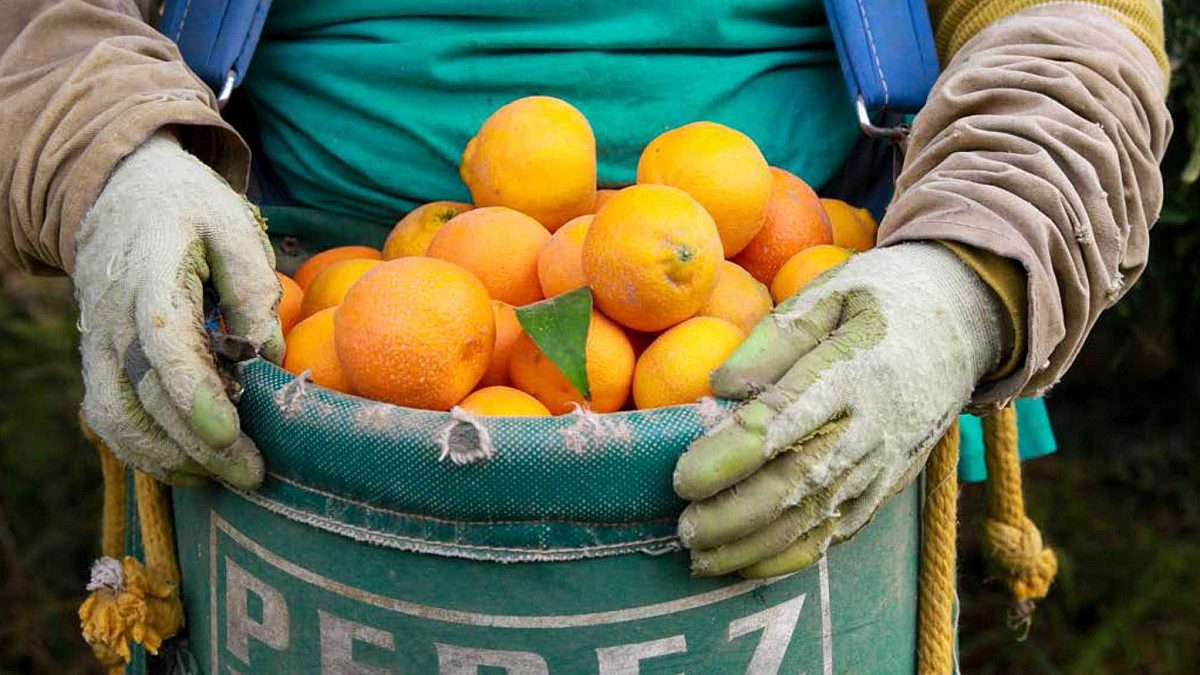Congress’ New Year’s Resolution Should be Ag Labor Reform
TOPICS
H-2AZippy Duvall
President

photo credit: Kelly Neufeld, Used with Permission
Zippy Duvall
President
While most Americans were joyfully wishing each other a happy New Year and trying to remember the words to “Auld Lang Syne,” many farmers were worried about what 2020 would bring. As of Jan. 2, farmers who use the H-2A visa program to hire legal workers from other countries are required to pay higher wages on top of already-inflated wages for H-2A employees. This year’s increase averages 6 percent nationwide. In some areas, it will be nearly 10 percent.
These increases in the H-2A program’s Adverse Effect Wage Rage come at a time when farmers can hardly afford it. We have increasing competition from imported produce grown with cheap foreign labor, a trade war that has decimated our exports, weather disasters, and a farm economy that continues to be challenging.
Already, over the last five years, the national average H-2A wage has gone up 17 percent. Meanwhile, revenues for fruits and nuts are up only 3 percent, and revenues for vegetables and melons have not increased at all. That means any increase must come out of the farmer’s own pocket. For many, that pocket is empty. But the Labor Department does not consider agriculture’s ability to absorb the additional costs when it implements annual changes to the wage rate.
It’s hard for a U.S. farmer to compete with foreign growers when their labor costs are so much lower than ours.
The average H-2A Adverse Effect Wage Rate for 2020 is $13.99 per hour for farm work in the U.S. (And that’s on top of paying for workers’ housing and transportation to and from their homes.) Compare that cost to Canada where workers are paid between $8.72 and $11.55 per hour for their work on fruit and vegetable farms, or Mexico and Central and South America where workers are paid a fraction of that amount. It’s hard for a U.S. farmer to compete with foreign growers when their labor costs are so much lower than ours.
There are sectors of agriculture that cannot even use the H-2A program because it requires that the work be seasonal. Year-round farmers such as dairy farmers and mushroom growers have no legal way of meeting their labor needs when there are too few U.S. workers who are willing to fill those jobs.
The word “sustainability” is often used these days, referring of course to worthy environmental goals. But farms cannot be sustainable if labor costs continue to outpace and outstrip farm revenue. Already, American farms of all sizes, but especially small and medium-sized farms, are at the point where many do not see a future in labor-intensive agriculture. That’s bad for farmers. It’s bad for rural economies where agriculture is a primary economic driver. It’s bad for businesses that serve farmers, such as banks or transportation companies. And, worst of all, it’s bad for every citizen of this country, as we become more reliant on imported food.
Farm Bureau is asking the U.S. Senate to recognize the urgent need for legislation that improves the H-2A program for all farms, including addressing the rising Adverse Effect Wage Rate and providing solutions for year-round agriculture.
As we make our New Year’s resolutions, most of us settle on a goal we’ve been putting off for too long—perhaps years or even decades. For the past 20-plus years, agriculture has urged Congress to pass agricultural labor reforms that help all farms meet their labor needs and help them compete with foreign producers. It’s time for Congress to make, and keep, a New Year’s resolution to solve this problem.
We simply cannot continue on the current path. We resolve to work with Congress to pass legislation that addresses the needs of all farms and prevents further erosion of our ability to grow our food here in our own country.
Zippy Duvall
President
Vincent “Zippy” Duvall, a poultry, cattle and hay producer from Greene County, Georgia, is the 12th president of the American Farm Bureau Federation.
Trending Topics
VIEW ALL